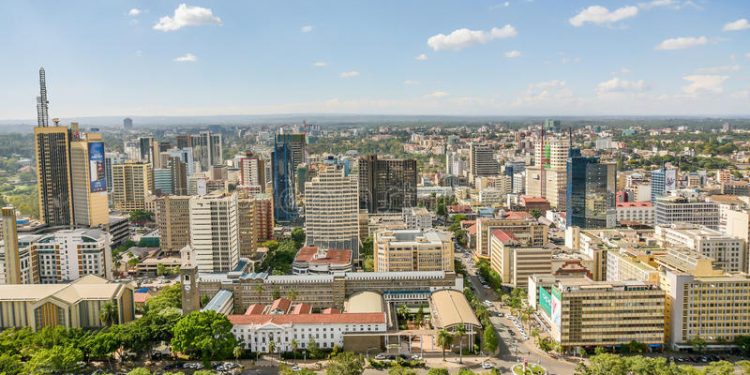Kenya’s economy is expected to grow at 6 per cent this year, propelled by favourable weather conditions and big-ticket investments around the Big 4 agenda on health, housing, manufacturing and agriculture.
The African Development Bank(AfDB) Group, in its outlook for Kenya, attributes this growth to increased crude oil production from the Turkana basin and exports, continuing foreign direct investments, and gains from the African Continental Free Trade Agreement. The government’s commitment to the Big Four Agenda is also expected to drive economic expansion.
The African Economic Outlook 2020, titled: Developing Africa’s Workforce for the Future states that Kenya’s GDP grew by an estimated 5.9 per cent in 2019 down from 6.3 per cent in 2018, mainly due to unfavourable weather and reduced government investment.
This AfDB Group economic update on Kenya shows that Public debt rose to 58 per cent of GDP in 2019, up from 41 per cent in 2013. The debt portfolio was comprised of more non-concessional loans (67 per cent) than concessional loans (33 per cent).

More of it is held externally (16 per cent of GDP) than domestically (9 per cent of GDP), but the domestic share of debt is increasing. This AfDB Group warns that this debt creates risks for refinancing, cost escalation and foreign exchange.
Because of expected liquidity challenges, the IMF elevated Kenya’s debt stress rating from low to moderate in 2018.
AfDB Group reports that Kenya’s economic growth has not been inclusive. Figures show that poverty fell to 36 per cent in 2015/16 from 46 per cent in 2005/6. Unemployment also fell marginally from 9.5 per cent in 2014 to 9.3 per cent in 2018.
The report lists unemployment and a large informal sector among significant challenges that Kenya’s economy faces. It mentions that 4/5 of all workers in Kenya are in the informal economy.
Further, 9.3% of the country’s entire workforce is unemployed. AfDB says investment has been low in sectors with greater capacity to absorb labour. Given the youth bulge, the supply of labour is large, but skills and entrepreneurial activity are limited.
RELATED; Kenya’s Economy to Grow at 6% – World Bank
ADB projects that Africa’s economic outlook continues to brighten. Its real GDP growth, estimated at 3.4 per cent for 2019, is projected to accelerate to 3.9 per cent in 2020 and to 4.1 per cent in 2021.
Leading the way are six economies among the world’s 10 fastest growers: Rwanda, Ethiopia, Côte d’Ivoire, Ghana, Tanzania, and Benin.
The 2020 Outlook highlights, however, that growth has been less than inclusive. Despite Africa’s solid growth performance, only about a third of countries achieved inclusive growth, reducing both poverty and inequality.
To make Africa’s growth more inclusive, the ADB Report notes that countries need to deepen structural reforms to diversify their productive base, build resilience to extreme weather events by adopting climate-smart agricultural techniques and providing risk-sharing platforms for households, create more fiscal space to expand social safety nets and increase the efficiency of existing programs.
Other measures include removing obstacles to the movement of workers to more productive opportunities within and across countries.




